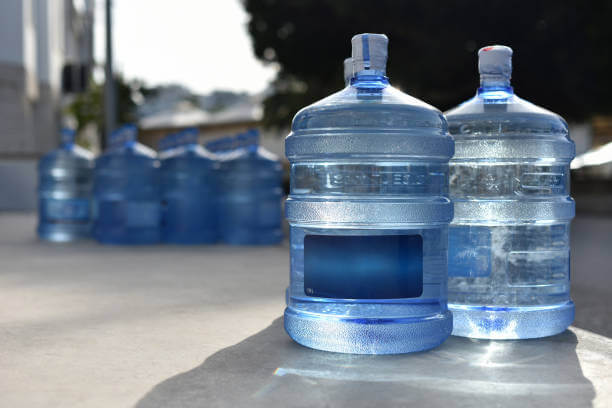Introduction
When you’re trying to cook a recipe, fill your gas tank, or work on a science project, you may come across the question: how many liters in a gallon? This is a common question, especially when dealing with international measurements.
Understanding the difference between gallons and liters is important, especially because these units are used differently around the world. In this guide, we’ll explain everything you need to know in easy words.
What Is a Gallon?
A gallon is a unit of measurement for volume. It is mainly used in the United States and a few other countries. A gallon is used to measure liquids like milk, water, and gasoline.
There are two main types of gallons:
- U.S. gallon (used in the United States)
- Imperial gallon (used in the United Kingdom and some Caribbean countries)
The important thing to know is that these two types of gallons are not equal in volume.
- 1 U.S. gallon = 3.785 liters
- 1 Imperial gallon = 4.546 liters
What Is a Liter?
A liter is a metric unit of volume. It is used almost everywhere in the world. When you buy a bottle of water in Europe or fill up your gas tank in most countries, the amount is given in liters.
- 1 liter = 1,000 milliliters
- 1 liter = 0.264 U.S. gallons
- 1 liter = 0.22 Imperial gallons
Why Is There a Difference in Gallons?
The reason there are two types of gallons is because of history. The U.S. gallon is based on the old English wine gallon, while the Imperial gallon is based on the British measurement system created in 1824. Since then, these two systems have developed separately.
Converting Gallons to Liters
To convert gallons to liters, you multiply by the correct conversion factor. Here are the formulas:
- U.S. gallons to liters: Multiply by 3.785
- Imperial gallons to liters: Multiply by 4.546
Example Conversions:
- 1 U.S. gallon = 3.785 liters
- 2 U.S. gallons = 7.57 liters
- 1 Imperial gallon = 4.546 liters
- 5 Imperial gallons = 22.73 liters
Converting Liters to Gallons
You can also convert in the other direction:
- Liters to U.S. gallons: Divide by 3.785
- Liters to Imperial gallons: Divide by 4.546
Example Conversions:
- 10 liters = 2.64 U.S. gallons
- 10 liters = 2.20 Imperial gallons
Table for Quick Conversion
| Gallons (U.S.) | Liters |
| 1 | 3.785 |
| 2 | 7.57 |
| 5 | 18.925 |
| 10 | 37.85 |
| 20 | 75.7 |
| Gallons (Imperial) | Liters |
| 1 | 4.546 |
| 2 | 9.092 |
| 5 | 22.73 |
| 10 | 45.46 |
| 20 | 90.92 |
Why Knowing Liters in a Gallon Is Useful
1. Travel and Fuel
When you rent a car in a different country, the fuel may be in liters instead of gallons. Knowing the conversion helps you understand how much gas you are really buying.
2. Cooking and Recipes
Some recipes use liters, while others use gallons or quarts. Being able to convert between them ensures you get the right measurements.
3. Science and Education
Students and teachers often need to switch between metric and imperial systems. This knowledge is essential for accuracy.
4. Buying Beverages
If you’re buying drinks in bulk or internationally, the sizes may vary. A milk carton in the U.S. might say one gallon, while in Europe it might say 3 liters.
FAQs
How many liters in a gallon of water?
If it’s a U.S. gallon, then it’s 3.785 liters. If it’s an Imperial gallon, it’s 4.546 liters.
Is a gallon more than a liter?
Yes, one gallon is more than one liter. A U.S. gallon is almost 4 liters, and an Imperial gallon is more than 4.5 liters.
Which countries use gallons?
The United States uses the U.S. gallon. The United Kingdom and some Caribbean nations use the Imperial gallon. Most other countries use liters.
Are gallons and liters used for the same things?
Yes, both are used to measure liquid volume. The choice between them depends on the country’s measurement system.
Why is there more than one type of gallon?
This is due to historical differences in measurement systems. The U.S. kept the older wine gallon, while the U.K. updated theirs in 1824.
Conclusion
To sum it all up, understanding how many liters in a gallon is not just about numbers. It’s about being able to communicate and work across different systems. Whether you’re cooking, traveling, or studying, knowing this conversion helps you avoid confusion and make smart decisions.
Just remember:
- 1 U.S. gallon = 3.785 liters
- 1 Imperial gallon = 4.546 liters
Keep this guide handy, and you’ll never be puzzled by gallons and liters again. Now, you’re ready to tackle any recipe, gas pump, or science experiment like a pro!
